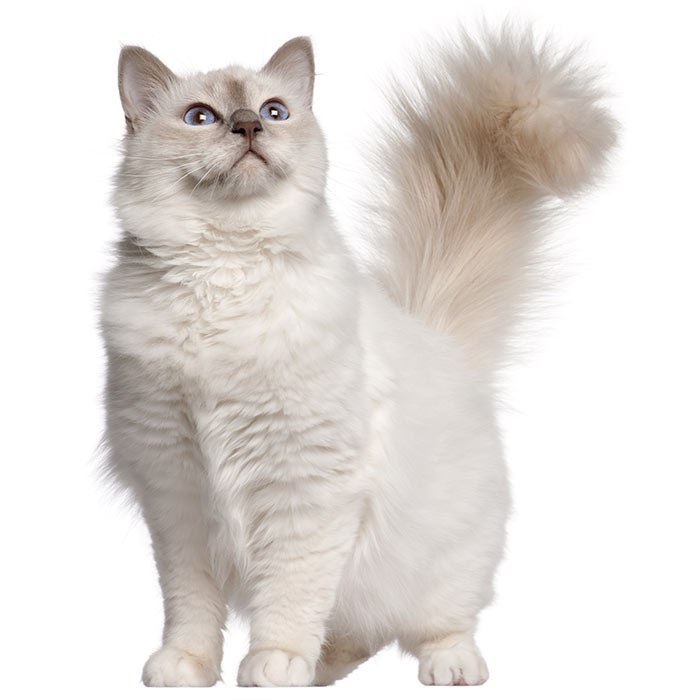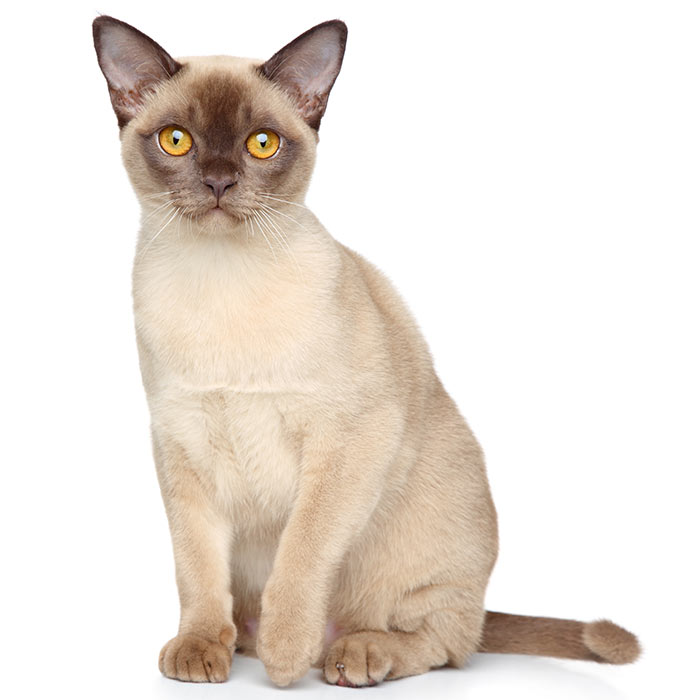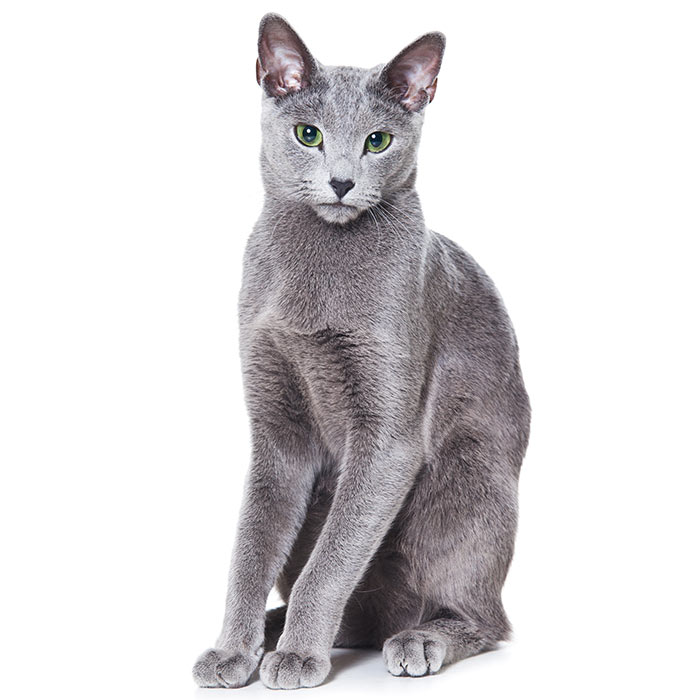Exotic Shorthair
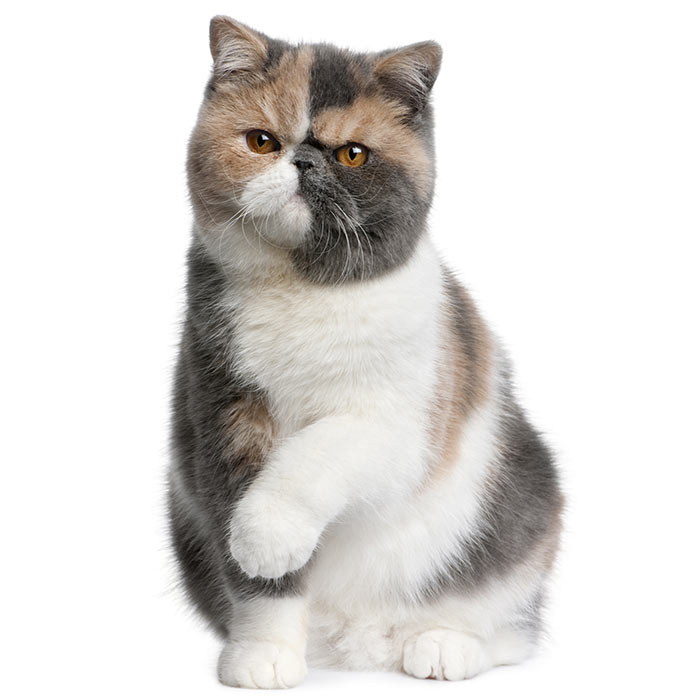
Exotic Shorthair cats are similar in many ways to Persian, but they have short fur. While there fur is short by Persian standards, it’s not as short as many other short haired breeds. The Exotic Shorthair has a relatedly large round in comparison to the rest of their body.
This breed comes in a wide variety of colours that are recognised for the Persian breed including solid colours, silver and gold, shaded and smoke, tabby, particoloured, bicoloured and Himalayan. The Himalayan colouring is usually the most common and it includes colours like chocolate, seal, lilac and blue.
Even though the Exotic Shorthair has a lot less fur than the Persian it’s still important to regularly groom this cat to keep them in top shape. They will shed when the weather turns warmer.
The male Exotic Shorthair weighs more 5.5 kgand females weigh 3.5 to 5.5 kg.
The average lifespan of an Exotic Shorthair is 12 to 14 years.
Insuring a Exotic Shorthair?
Get award-winning cover with more benefits and up to 80% of eligible vet bills reimbursed. Find out about your cover options.
Get a quick quote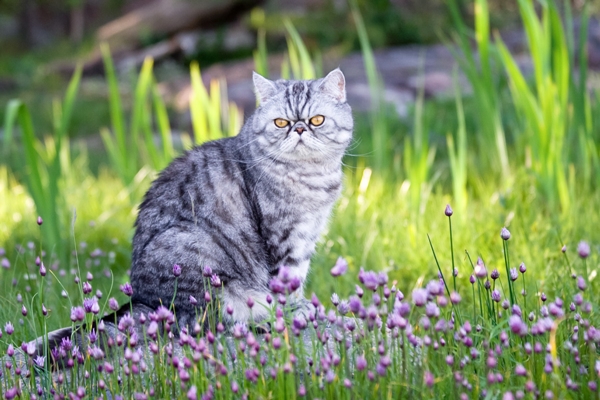
Personality and Temperament
The Exotic Shorthair is a gentle friendly cat that has the same personality as the Persian. They love having fun, don’t mind the company of other cats and dogs, also love to curl up for a sleep in a safe place. They may be a bit wary of strangers that come to house.
These cats don’t like to be left alone all day so if you aren’t around much it might be a good idea to get your Exotic Shorthair a bit of company. It has been reported that some owners leave the TV and radio on while they are gone to keep their Exotic Shorthair company.
While these cats are the most athletic of the feline breed they don’t mind a game every now and then. They are not very vocal cats and fit in well with all types of families, even families with young children.
Common Exotic Shorthair Diseases & Conditions
Symptoms, diagnosis and treatment
Breathing issues. Peke-faced cats have a compacted snout and airway and as a result it may suffer shortness of breath or noisy breathing.
Cherry eye is, you guessed it, a condition affecting the eye, causing the third eyelid to well and cause irritation. It generally appears as a red mass (hence the name cherry) on the corner of the cat’s eye. It is treated with surgery.
Polycystic kidney disease. PKD is a condition that is inherited and symptoms can start to show at a young age. Polycystic Kidney Disease causes cysts of fluid to form in the kidneys, obstructing them from functioning properly. It can cause chronic renal failure if not detected. Look for symptoms like poor appetite, vomiting, drinking excessively, frequent urination, lethargy and depression. Ultrasounds are the best way to diagnose the disease, and some cats can be treated with diet, medication and hormone therapy.
Feline hypertrophic cardiomyopathy. This inherited disease is difficult to diagnose and often the first symptom is sudden death. It is caused by the thickening of the heart’s walls. It mostly affects older male cats, but can occur in younger cats too. Some cases may not be lethal and can be treated with medication if diagnosed via an echocardiogram. Signs of this disease include anorexia, lethargy, difficulty breathing, coughing, fainting and paralysis of the legs; however some cats may show no symptoms.
Progressive retinal atrophy refers to a family of eye conditions which cause the retina’s gradual deterioration. Night vision is lost in the early stages of the disease, and day vision is lost as the disease progresses. Many cats adapt to the loss of vision well, as long as their environment stays the same.
Not all conditions are covered by Pet Insurance. For details of Bow Wow Meow Pet Insurance cover, refer to the Product Disclosure Statement.
What do Exotic Shorthair owners claim for the most?
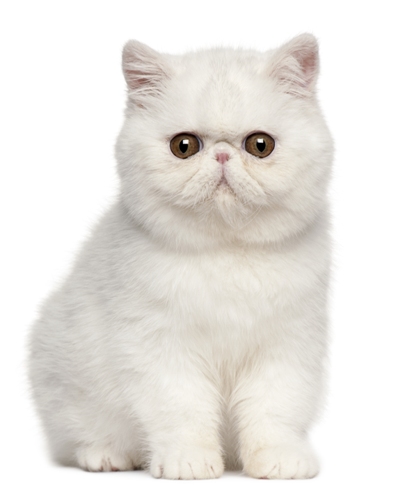
History
The Exotic Shorthair was originally bred using Persians and Burmese to develop the short coat. Others were bred using British and American short hair cats. The only recognised and acceptable cross today is the Persian.
During the 1960’s breeders bred Persians with American Shorthair cats to develop the Exotic Shorthair. During the mid-1960s breeders expended their cross breeding program to include other shorthaired breeds like the Burmese and Scottish Shorthairs. The Cat Fanciers Association in the United States formally recognised the breed in 1967.
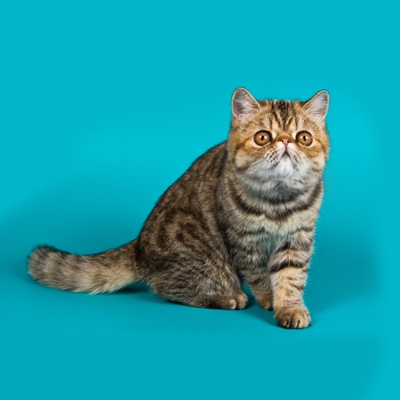
Exotic Shorthair Facts!
- There are two classes of Exotic Shorthairs, namely extreme and traditional. Extreme relates to the nature of their features which are more defined.
- People like to refer to the Exotic Shorthair as the lazy man’s Persian.
- There’s no denying that social media is the place for cats and Pudge and Snoopybabe are two Exotic Shorthair celebrities online.
- In February 2014 it was announced that the Exotic was ranked number 2 by the Cat Fanciers’ Association in the Most Popular Cats for 2013 list.
Read all you need to know about insuring a Exotic Shorthair
Learn moreFree engraved pet ID tag on sign up3
Customer Satisfaction
21 day cooling off
Easy to use Pet Portal

GapOnly® in vet claims
SEE MORE
NSW Cat Fanciers’ Association: http://www.nswcfa.asn.au/cats.php?breed=4
Cat Owners Association of Western Australia: http://www.coawa.com/breeders.html

